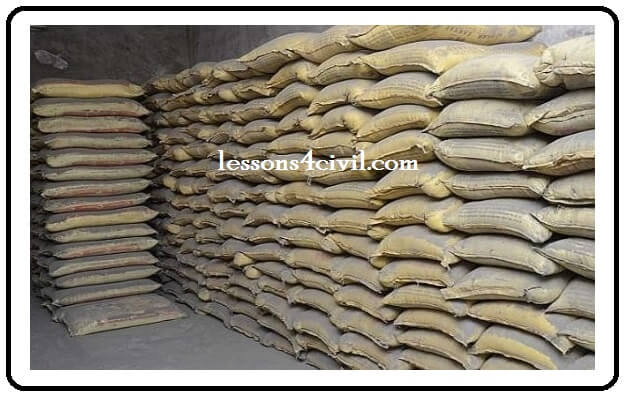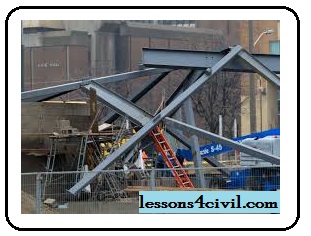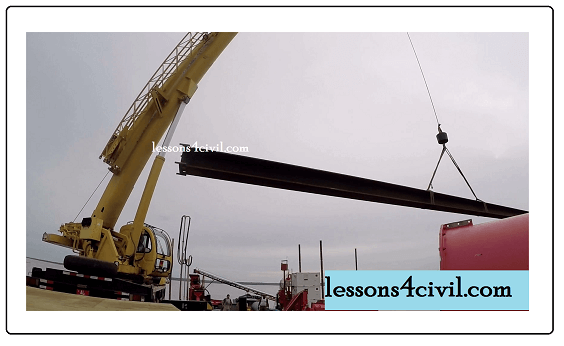Loads Caused by Construction
In addition to usual loading, some loads are created and applied to the structural members during the installation and construction processes. These loads, which are mainly gravity loads, must be predicted in designing in order to provide a safe construction. In the following paragraphs, we explain some of these kinds of loading.
- Prefabricated sections and steel members are usually lifted by cranes. The typical approach of lifting them is by connecting the cable in two points, causing a stress distribution completely different from what the member has been designed for. Consequently if the designer is not familiar with the general process of constructions, the members are likely to failure in the construction process.
- During the construction some areas of the floor are used to as the storage area for masonry materials. As a result the contractors must not store the material in one span. Because if this gravity load exceeds the limits, the structure is likely to collapse.
- In construction of buried water tanks, the contractors usually fill it with water to spot any possible seepage, before burying it. The designer usually consider the soil pressure behind the walls as a resisting force to counteract the water pressure. As a result if the contractor fill the reservoir before embedding it in the soil, the stress distribution will be incompatible, causing cracks and destroy the reservoir.
- In steel structures, beams and columns are usually designed in the presence of the bracing. So if the contractors install the beams and columns and delay the installation of the bracing, the structure definitely damages due to insufficient lateral resistance.

the dead load due to storage area

water tanks must be buried before testing

wind load and delay in installation of bracing
These were some of the most frequent mistakes happens in building construction. There are some video lessons coming out soon to cover many tips and hint about loading for both contractors and structural designers.



Comments